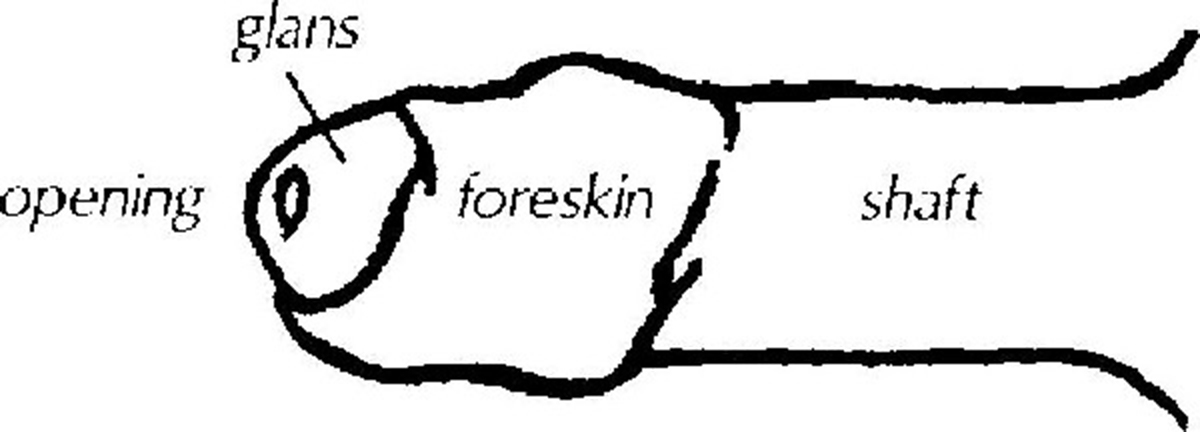Table of Contents
Once a man passes the age of 30 and enters into middle age, several penile changes start to develop. Most of these changes are not rapid, but are gradually occurring with age.

Appearance
One major change in the appearance of the penis occurs in the penile glans, or penis head. As blood flow to the penis is reduced as a result of aging, the penile head, which is the tip of the penis, loses its purplish hue over time. The penile appearance is also affected by the loss of pubic hair that occurs as a result of declining testosterone levels. As age increases, pubic hair continues to decrease, resulting in a mostly hairless penis.
Another way the appearance of the penis can be affected is a result of age-related weight gain. Many men put on additional pounds as they age. When this happens, excess fat can accumulate in the abdominal area. What is known as a prepubic fat pad can develop, which can make the penile shaft appear to be smaller. This is especially true for obese men who may have enough abdominal and prepubic fat to bury the penis entirely. Fortunately, the perceived penile shrinkage can be reversed by simply losing weight.
Actual Size Reduction
With increasing age, the penis can actually undergo shrinkage in both the length and the thickness of the shaft. Unfortunately, unlike the appearance of shrinkage that occurs with excess fat, true age-related penile shrinkage is irreversible. Although the size reduction is usually minimal, it can be noticeable.
A man can lose as much as one inch in length by the time he reaches the age of 60. This can be a result of decreased blood flow to the penis that occurs as a result of atherosclerosis, a condition in which the arteries in the penis develop blockages from accumulated plaque. In addition to a smaller shaft, after the age of 40, men will experience a decrease in the size of the testicles.
Curved Shape
In a condition known as Peyronie’s disease, penile scar tissue develops within the penis. If the scar tissue accumulates unevenly, it can result in the penis taking on a curved shape. The condition mostly affects middle aged men, and can result in painful erections that lead to difficulty performing intercourse. Fortunately, there are treatments and surgical procedures available.
Decreased Sensitivity
As men age, they may experience a gradual decrease in penile sensitivity. When this occurs, it can become increasingly difficult to obtain an erection and to reach orgasm. There is some question as to whether the decrease in sensitivity can lead to a less pleasurable orgasm, but this has yet to be determined.
Impotence
This condition, in which the penis is unable to become erect, is linked to advanced age. The older a man gets, the more likely he is to suffer from impotence. Before the age of 40, the percentage of men who can obtain an adequate erection is roughly 60%. After the age of 70, that number drops significantly to close to 30%.
It is important for men to remember that these age-related changes in the penis do not have to interfere with a healthy sex life.

